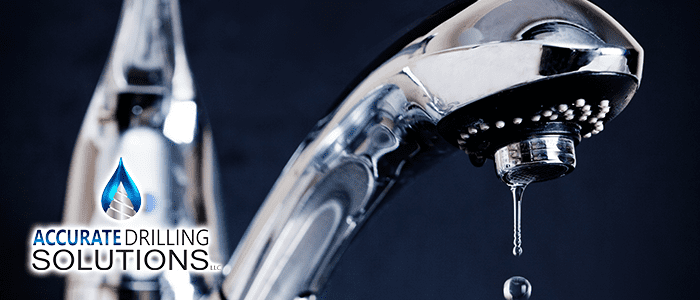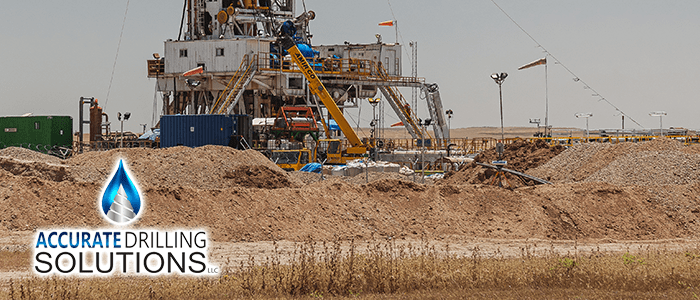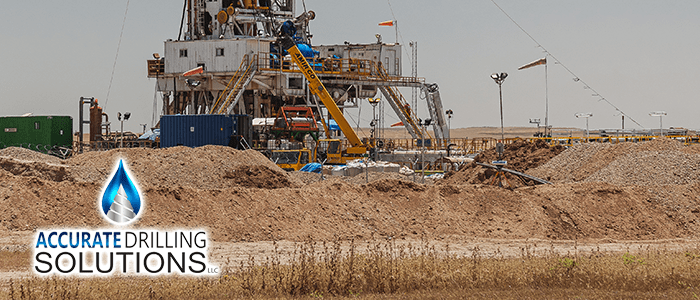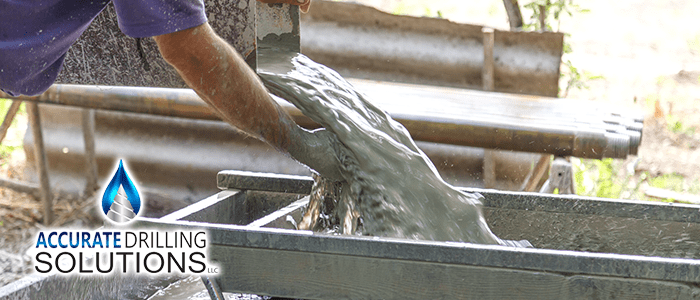
Low water pressure occurs for a variety of reasons. It’s possible that you’ve expanded the draw on the well without expanding the power of the well. This can occur when you add a room to the house. It’s also possible that heavy water usage and changes in the water table are affecting your pressure.
Pressure Problems
Installing a Constant Pressure System
If there’s a defined reason for the drop in pressure, like a new water line or additional irrigation system—you can solve the well pressure problem with a constant pressure system. A pressure system regulates water pressure throughout the house by changing pump speeds as different appliances and faucets are being used. It’s a more affordable solution to stabilize pressure.
Pressure Tank Adjustment
Alternatively, you can adjust your pressure tank. Pressure tanks sometimes lose pressure over time through failure or just use. You can increase the pressure tank when you add additional piping or when it drops below around 40 psi.
The average well pressure tank should sit close to 50 psi, with about 40 to 60 psi considered the safe range. You can adjust the pressure switch on the pipe that runs between the tank and the well to increase or decrease the psi. Go slowly, even a few psi can make a big difference. Test the faucets in your house in between minor adjustments. Don’t jump 15 or 20 psi in one go!
Low Water Volume
Sometimes a drop in water pressure is actually just a drop in available water! If your pump can’t force very much water through the pipes then you won’t get a strong flow. This can occur if water is not properly filtered and is still hard. Over time, hard water can cause sediment and mineral buildups in the pipes which may need to be cleared out.
Check your filtration system. The filter itself may be clogged or may have worn down, allowing the water to carry sediments and buildup through the pipes. You may need to have your whole pipe system cleaned, but start with the water softener and filtration systems.
Bad Pump Placement
Additionally, you might not be getting very much water because of a bad pump placement. If you put a pump at the top of the well water table, then it won’t draw enough water to create a consistent flow.
Drought
Droughts and increased water use can also affect the water pressure in your home. If you have been consuming a ton of water, you might be straining the resources that your system has access to. While most wells have enough water to withstand time without rain, if you combine a drought with high consumption you could be in danger of running out of water.
If There’s Low Water Volume, Don’t Change the Pressure
If your system simply can’t pull or push enough water to create a steady pressure, adjusting the pressure tank can actually cause major damage and complete failure of the water system. Make sure that you aren’t dealing with low water before you adjust the pressure!
Well Inspections
If you can’t immediately figure out why the water pressure has changed, you may need to have your well inspected. If the water is bumping up against the top of the well, you might need to lower the pump itself or even have the well drilled deeper.
Mechanical Failures
Wells and water systems are complex mechanical systems that can fail at different points. If pressure regulators begin to malfunction or if sediment builds up, then you may experience problems in water pressure before seeing issues anywhere else. Consider changes in water pressure, a sign to check out the well system—it might be a simple fix, or a sign that you need more comprehensive maintenance.
continue reading
Related Posts
Emergency Well Repair: Fast Solutions for Central Florida Residents Living
Environmental Considerations in Well Drilling: A Sustainable Approach At Accurate
Water Testing – What Every Well Owner Needs to Know





